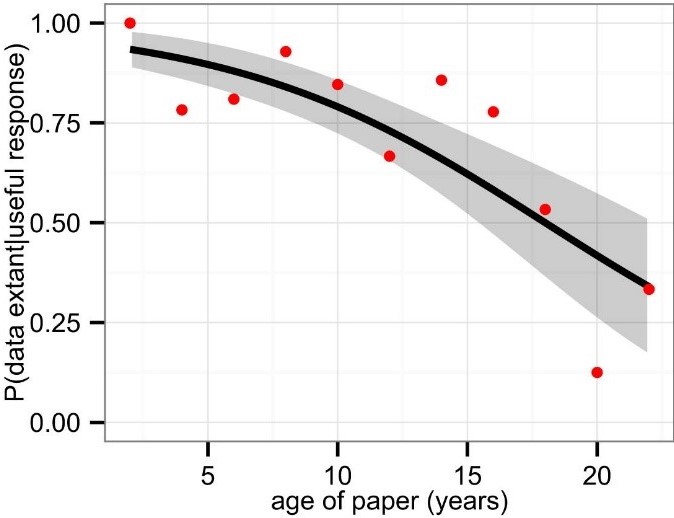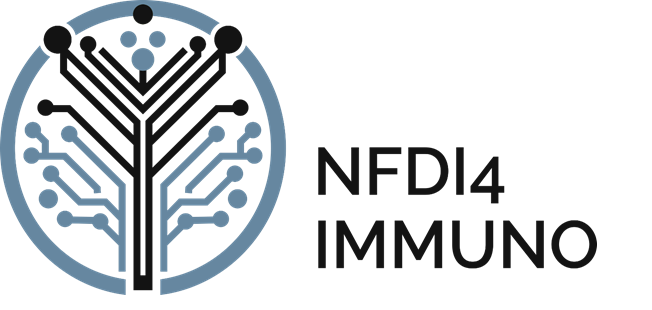ABOUT US
What Motivates Us
Over the past years, the number of publications within the natural sciences has drastically increased, with a growth rate of nearly 5% per year (see figure 1).1 In addition to that, there was an increase of the amount of data that is generated per publication observed due to more advanced techniques that allow high-throughput analyzes.2
At the same time, at lot of data is lost, meaning that it is no longer available to the scientific community. A study, conducted in 2014 by Vines et al. showed that there is an estimated data loss of 17% with every year after publication of a paper.3 This has several negative effects for the scientific community: (A) a loss of pre-gained knowledge, (B) loss of access to data from potentially critical study cohorts, (C) need for additional financing in order to reproduce the lost data (if possible at all), and lastly (D) slowed progress within the field.
To cope with these developments many grant-providers, such as the Deutsche Forschungs Gesellschaft (DGF), nowadays require research-data management plans within grant applications. These should meet several requirements to ensure that data is findable, accessible, interoperable and reusable. In short, data needs to be acquired and stored in a FAIR way.
NFDI4Immuno supports a FAIR data future, by developing a data repository specifically designed for immunological data. Establishing standardized (meta)data formats and a save data storage environment that meets the German general data protection regulations (GDPR), immunologist will be able to share, reproduce, compare and aggregate data. With this, we contribute to a transparent culture in science and support the community to gain novel scientific insights
- Bornmann, L., Haunschild, R. & Mutz, R. Growth rates of modern science: a latent piecewise growth curve approach to model publication numbers from established and new literature databases. Humanit Soc Sci Commun 8, (2021).
- D’Argenio, V. The high-throughput analyses era: Are we ready for the data struggle? High Throughput 7, (2018).
- Vines, T. H. et al. The availability of research data declines rapidly with article age. Current Biology 24, 94–97 (2014).

Figure 1. Probability that research data is extant given that a useful response by the corresponding author has been received. (This image has been adapted from Vines TH, Albert AYK, Andrew RL, et al. The availability of research data declines rapidly with article age. Curr Biol. 2014;24(1):94-97. doi:10.1016/j.cub.2013.11.014)
Our team in a nutshell.
Learn more about who we are working with.
